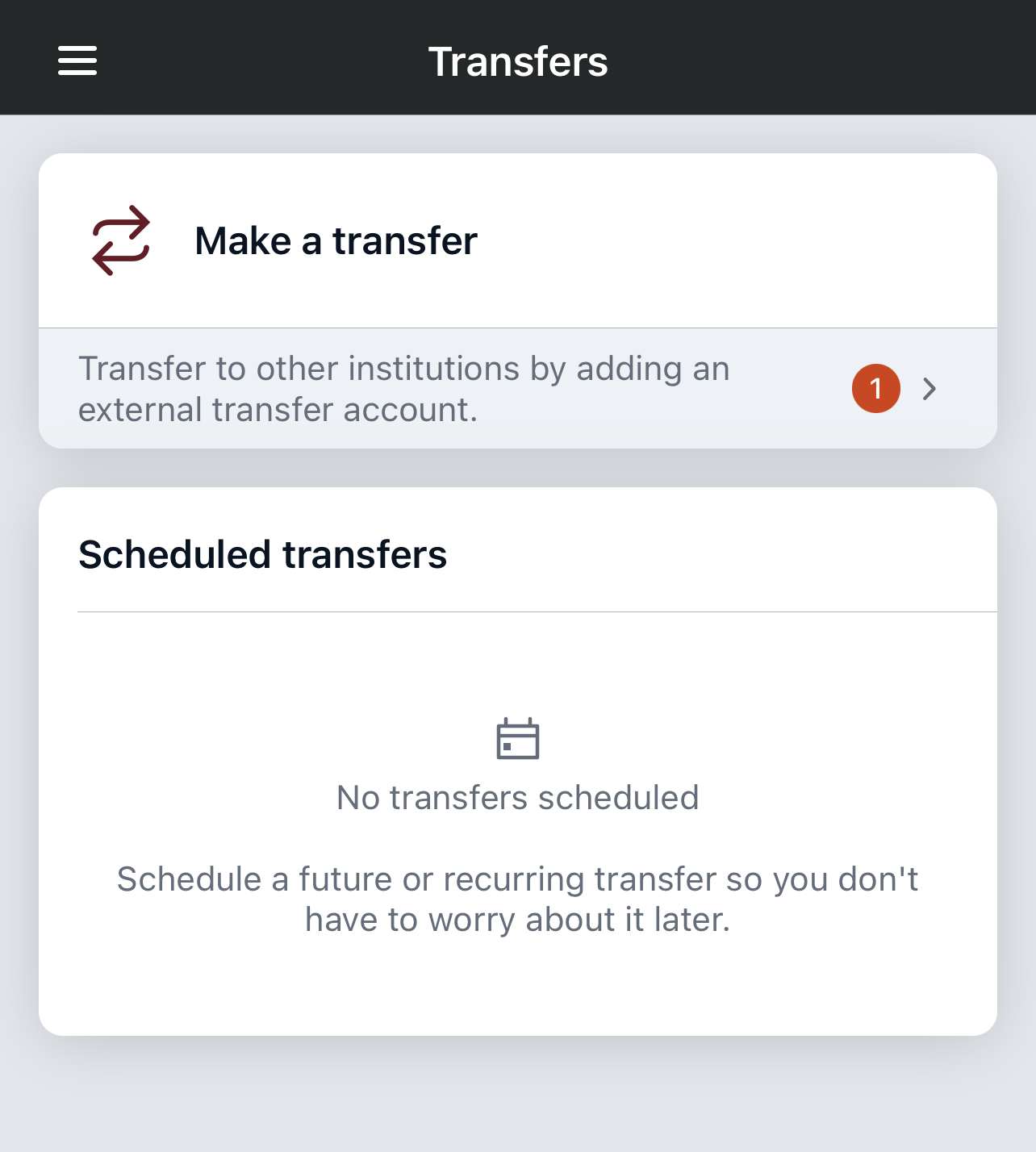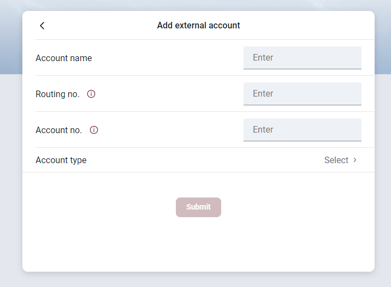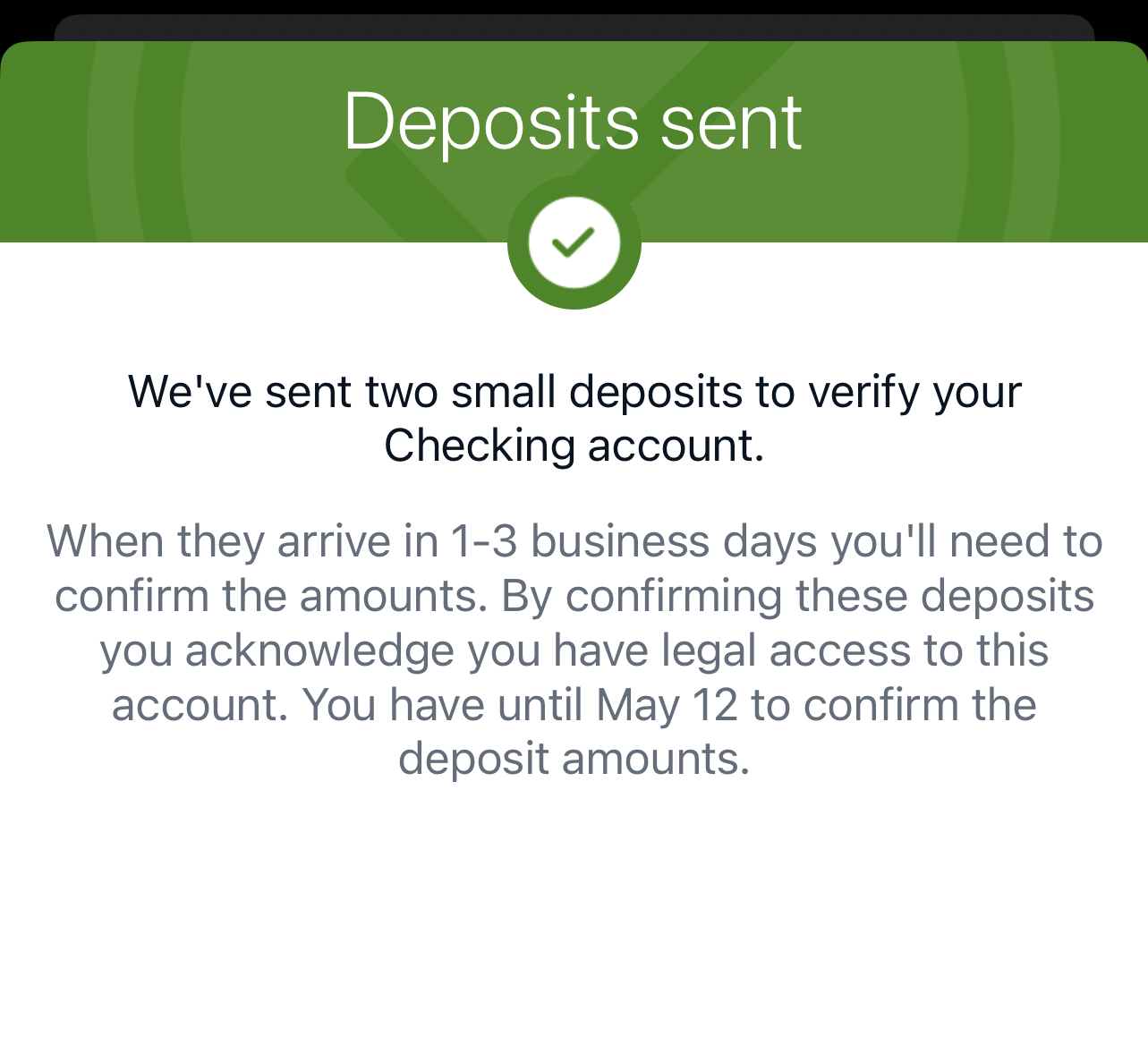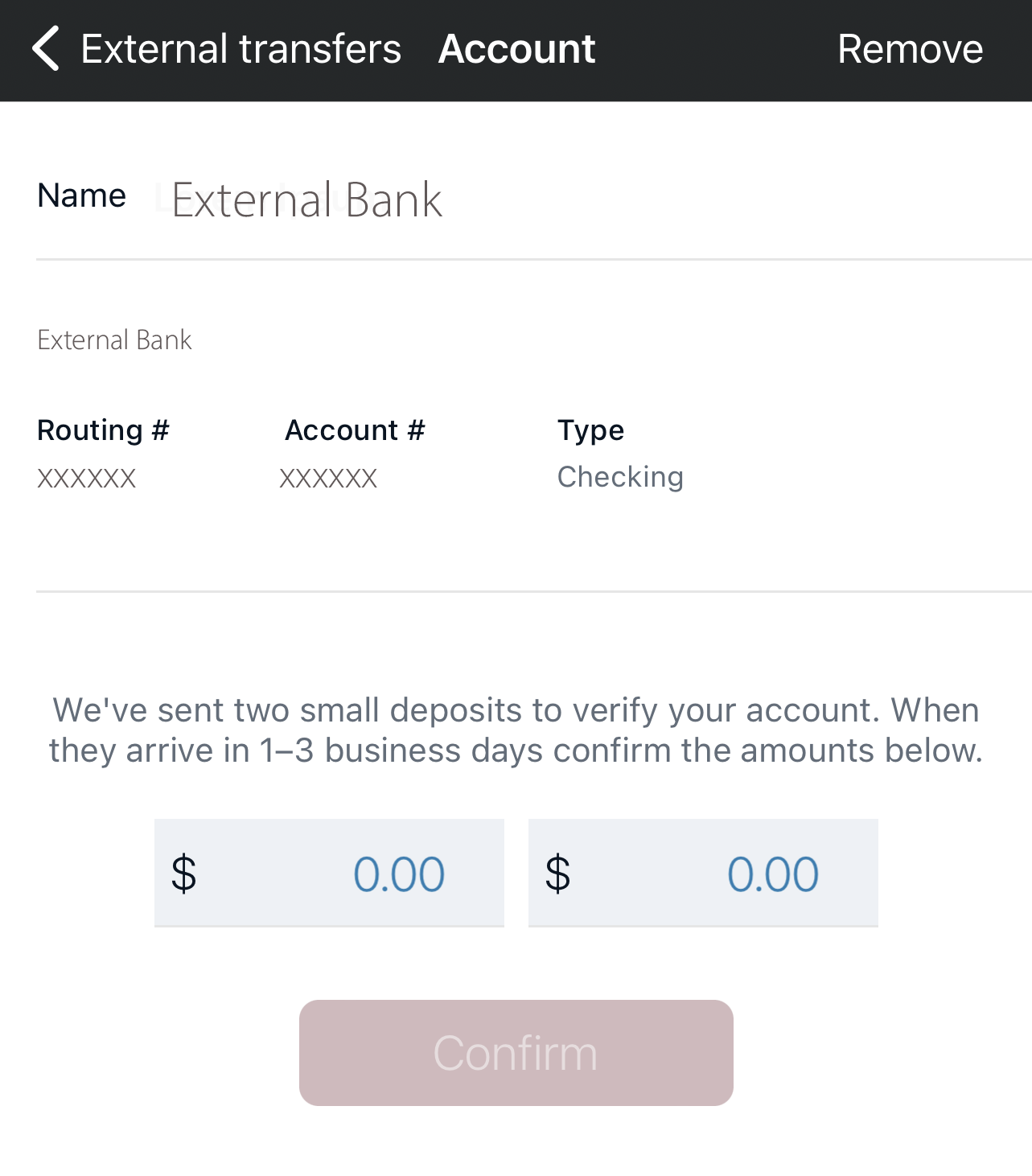Teaching Children About Charitable Giving
Teaching your kids about money early on is always a smart move, but educating them about charitable giving is one of the most important ways to help them develop as compassionate, thoughtful members of their communities.
A recent study found that nearly 50% of those who donated more than $5,000 each year had experienced strong giving traditions within their family as children, so what you teach early on has a real impact later.
If you’re looking to encourage your family with some fun charitable giving this holiday season, take a look at our suggestions for how to get started.

Teach Empathy
The foundation of generosity is the ability to empathize with those around you, especially people who may be living in very different circumstances to your own. Start teaching kids this when they’re young, even before they go to school.
Some of the best ways to teach empathy to small children are making them aware of their own feelings and those of others. Make suggestions for helping other people, such as “let’s get your friend a bandaid for their cut” or “I think they’re sad because they lost their toy, let’s get them another one to help them feel better.”
“I feel…” statements are also a good way to teach self-awareness, along with reading books about feelings and openly discussing these as a family.
Lead By Example
Children are often visual learners, so leading by action is one of the best ways to teach a charitable mindset. When you take time to give back and do this frequently, your children will notice and copy your actions. Once you make giving and volunteering a regular part of your life, they’ll naturally start to pick up the habit too.
Include your children in volunteer activities where possible, even something as simple as taking unwanted items to a donation center. Make charitable giving an ongoing conversation in your household.
Talk about times that you’ve helped give back to others, and educate your children on the idea of being fortunate and what that means. You can also explain to them the different ways people can be helped and how both time and money can be valuable resources for those in need.

Adopt a Child for the Holidays
During the holidays, many large organizations (and some local charities too) organize “Adopt a Child” and gift giving events. The Salvation Army Angel Tree is a good example of this, where you can purchase clothing or toys for children in need.
You could also consider sponsoring a child in your community or abroad during the holidays or throughout the year. Organizations like ChildFund help children in 23 countries receive necessities like food, healthcare and education.
Explore Donating
Another option for teaching children a charitable mindset is donations. Collect their old toys once they’ve outgrown them or ask them to choose a toy or two that they no longer want and give them to a local children’s hospital. This is a great way to build empathy in children by helping them connect with other children around their age.
Clothing donations are also good donation opportunities. The SAW Style Clothing Event for Staunton, Augusta, and Waynesboro students regularly helps hundreds of families in the area with essential clothing items all year.
Similarly, a “Stuff the Bus” school supply drive is an excellent way to support local children with their education. The Salvation Army in Staunton and West Augusta County, along with Waynesboro, run these events every year during back-to-school season.
Having a donation box somewhere in your home, particularly somewhere visible like by the front door, can help reinforce a charitable mindset. Encourage your children to routinely go through their belongings and find items they can part with and add to the donation box. Once the box is full, take your items to a donation center together to help children see the impact of their giving.

Seek Out Volunteer Opportunities
For a more hands-on experience, look for volunteering opportunities that your children can participate in throughout your community. Matching volunteering roles with your child’s interests will help them stay engaged for longer, while still educating them on the importance of giving back.
Soup kitchens, shelters, local places of worship, libraries and schools all frequently need volunteer help for a range of activities and initiatives. For animal-loving children and teens, the Shenandoah Valley Animal Service Center takes volunteers for dog walking, grooming and cleaning all year round.
Positive reinforcement, especially for activities that take time out of their free schedule, is essential for encouraging this charitable behavior. If you see your child doing something helpful for someone else, be sure to praise them and let them know that was a kind action to take.
Divvy Up Allowances
If you give your child a weekly or monthly allowance, this is the perfect opportunity to teach a lifelong lesson about the value of money, hard work, and giving.
Consider a three-bucket approach for your children’s money—some for spending, some for saving, and some for giving. For younger children, you can suggest causes that they may want to give to, while older children should be free to make their own choice.
Labeled jars can be a useful visual, especially for younger children, to reinforce the goal of splitting their money this way. The Greenlight debit card for kids and teens is also a good way to digitize this approach to money. Within the app, allowances can easily be divided into save, give, invest and spend categories.

Be Neighborly
Charitable giving can, and should, start close to home. Encourage your kids to help your neighbors, particularly elderly ones, with outdoor chores like raking leaves, shoveling snow, or bringing in their heavy grocery bags.
Baking or cooking for your neighbors, especially around the holidays, is a fun opportunity to share food together and brighten someone’s day. Make a pie for Thanksgiving or take a box of holiday cookies over to your neighbor to let them know that you and your children are there for them.
For younger children, “I spy” games while you walk around your neighborhood can be a fun way to encourage them to find places that could use some attention. Picking up litter or cleaning up a spill may not sound fun to a little kid, but making it into a game can quickly incentivize them.
Give Back All Year Round
It’s always important to teach your children about giving back to the community they’re a part of. But your charitable giving doesn’t need to be limited to the Shenandoah Valley.
A giving mindset should be something you’re always thinking and talking about with your family, even when you’re on vacation or away from home. Encourage them to empathize with anyone they meet, wherever that may be, and talk about ways you can support others in need all year round.














